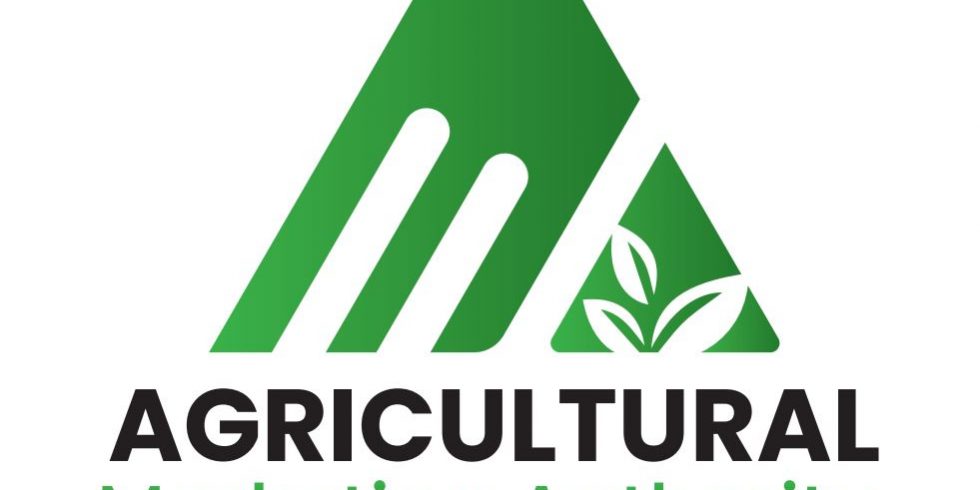
By Peter Mudzimiri
Seed cotton, commonly known just as cotton, is largely the second most important cash crop in Zimbabwe. It is cultivated by thousands of smallholder farmers in the summer rainfall growing season (November to April). The cotton plant is grown for a host of purposes and products.
Cotton lint refers to the fibrous coat that covers the cotton seeds. In essence, cotton lint is ginned cotton. The lint is delivered to the spun industry, usually contains a variety of extraneous materials, including seed pieces, dust, and motes (trash) and is then transformed into yarn through the spinning process. The yarn is then further processed through weaving into the required fabric or cloth.
The spun industry heavily relies on the cotton ginners for the provision of adequate and quality lint. Excess lint is also exported by ginners. The Government, therefore, seeks to balance the interests of the viability of ginners on one hand, and the access to raw materials by spinners on the other hand, through the necessary policy and legislative interventions.
Cotton production
In Zimbabwe, seed cotton is ordinarily grown under contract farming arrangements where contractors (ginners) supply production inputs (seed, fertilizer and chemicals) to farmers on credit. At harvest, the contractor purchases back the contracted seed cotton, deducts costs of the inputs and pays the contract farmer the remaining balance. In 2015, the Government introduced a free input support scheme in order to revive and boost seed cotton production.
As the regulator, the Agricultural Marketing Authority (AMA) recognises the importance of seed cotton as vital crop for sustaining rural livelihoods in Zimbabwe, especially for the smallholder farmer as it is drought-tolerant and contributes immensely to income generation, employment creation and foreign currency generation. It is also a source of raw material for the oil expressing industry, the spun cotton and weaving industries, in addition to supplying the stockfeed manufacturing industry with cotton cake.
Lint policy framework
AMA is the regulator of the production and marketing of agricultural produce and products in Zimbabwe. AMA’s mandate extends to the control of the marketing of seed cotton and seed cotton products including playing a supporting role in the export of cotton lint. It is important for stakeholders to appreciate the policy framework for cotton lint as it relates to export and local industry requirements.
The current policy framework is designed to ensure that while the country earns the much-needed foreign currency through export of lint, the local industry must also be prioritised to enhance economic development. The current Government policy provides that 30% of lint production by ginners must be reserved for the local industry while 70% can be exported.
The ministries of Agriculture, Lands, Fisheries, Water and Rural Development and Industry and Commerce and AMA implements this policy through issuance of export permits and support letters respectively. The spinners negotiate volume-based contracts with ginners to secure their lint requirements. Parties freely negotiate their terms and there is currently no price regulation. In general, payment terms often follow the production prices.
The Government pegged the producer prices for the 2021/22 season, for seed cotton at USD$0.30 plus ZWL$32.50/kg. Thus largely, farmers were paid foreign currency. There was an impasse between the ginners and the spinners with regard to the payment modalities where the former preferred payment in hard currency. As per the norm, engagements were done to find common ground and per policy, AMA has always ensured that the local industry is catered for in terms of lint reservations.
https://www.sundaymail.co.zw/cotton-farmers-to-retain-85pc-in-forex
Lint production statistics
In the 2021/2022 agricultural season, 11 companies owned 21 ginneries with a total ginning capacity of 599,600 tonnes of seed cotton. Total lint production for the 2019/20, 2020/21 and 2021/22 season was 31 443, 37 180 and 22 978 metric tonnes respectively, out of which 12 000, 11 154 and 6 893 metric tonnes were reserved for the local spinners per the current policy. During the 2021/22 season, despite 7 000 metric tonnes of lint being reserved for the local spinners, by early December 2022, only about 800 metric tonnes, representing 11%, had been taken up by the spinners.
https://www.chronicle.co.zw/zimbabwe-targets-increased-cotton-exports-to-belarus/
Continuous engagements key
AMA remains committed to assist all stakeholders in the cotton value chain for the benefit of mutual interests and to spur economic development of the country as underpinned by the National Development Strategy 1 (NDS 1). It is also important to note and reiterate the current Government policy that all local manufacturing firms must support the production of at least 40% of their raw material requirements through contract farming arrangements. This also extends to seed cotton.
Some players have already indicated willingness to contract the production of seed cotton for the 2022/23 season, which is a very commendable development. AMA will continue to assist all players to ensure the realisation of the country’s Vision 2030.
This article was written by Peter Mudzimiri, AMA Head of Compliance.
Word from the market is a column produced by the Agricultural Marketing Authority (AMA) to promote market-driven production. Feedback cchiduku@ama.co.zw or WhatsApp/Call +263781706212.





